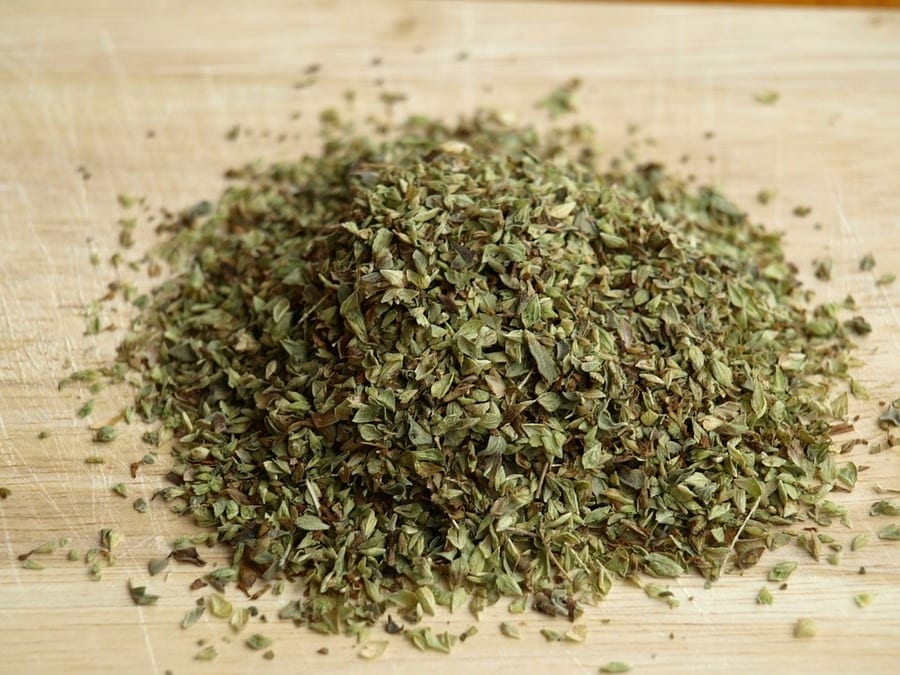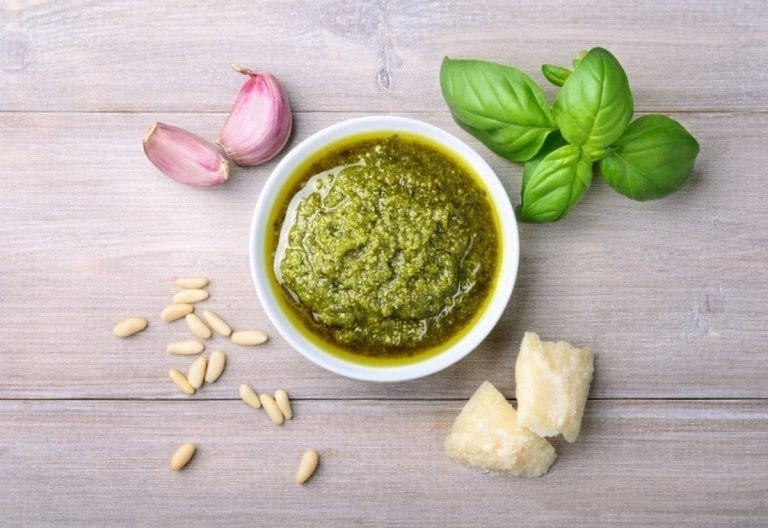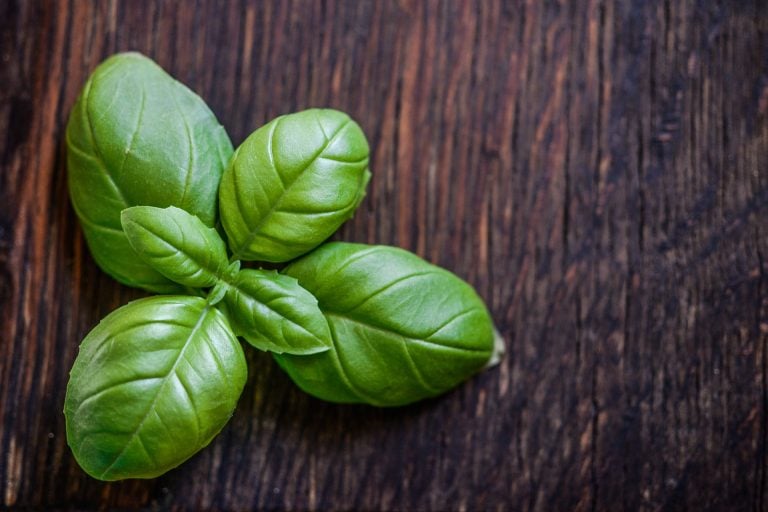Basil, the Italian aroma
We have already talked about the history and the precious use of cooking herbs: let's continue our journey discovering the most common herbs in Italian cuisine. Undisputed protagonist of classic spaghetti with tomato sauce, basil is probably the most popular of the Mediterranean herbs, cultivated almost everywhere but especially in the southern regions, where favorable climatic conditions facilitate the plant's growth. With its typical rapid development, basil is a plant that can quickly grow beyond a meter in height, with an erect stem and out-growing branches. The name seems to derive from the Greek term basileus, which means king, because of its many healing qualities, even if there are those who maintain that the word refers to the basilisk, mythological creature capable of killing with its deadly glance that, according to ancient popular beliefs, could be defeated with basil. In the past considered sacred to Mars and consumed by Roman soldiers before battle, in Rome basil was also used as a mouthwash and as an insect repellent. Its use in the kitchen is wide and knows no boundaries: from classic tomato sauce to soups, from panzanella to bruschetta, its scent is reminiscent of tomato, but can be added to many dishes. Among the most famous preparations based on basil is Ligurian par excellence Genoese pesto.

Oregano, splendor of the mountain
Native to the Mediterranean Sea basin, oregano grows wild in sunny and dry soild up to 2,000 meter elevation, adorning mountains and stony hills with its floral buds. Its name derives from the Greek oros, mountain, and ganos, splendour, or "splendour of the mountain". According to popular belief, the birth of oregano is due to Amaraco, a sensible young man who was commissioned to bring a perfume ointment to the table of the King of Cyprus. Entering the court, he stumbled and broke the ampoule containing the ointment: the shame and humiliation were such that the young man died of heartbreak. Touched by his humility, the gods transformed his body into the oregano plant (amaraco means, in fact, marjoram oregano), to which they attributed the fragrance intended for the king. In ancient Rome, dry oregano was among the ingredients of the famous garum fish sauce. Today, there are four main varieties: common oregano (origanum vulgare), southern oregano (origanum heracleoticum), marjoram oregano (origanum majorana) and Sicilian oregano (origanum onites).

Pesto alla genovese recipe
Ingredients
80 g. fresh basil (preferably Basilico Genovese DOP)
1 garlic clove
2 tbsp. pine nuts
2 heaped tbsp. pecorino sardo, grated
4 tbsp extra virgin olive oil from Liguria
Salt to taste
Pluck the basil leaves off the stems, wash and pat dry. Put them in the mortar (or in the blender, although blending oxidizes the basil) and add the garlic clove, trimmed of its interior sprout, the pine nuts, the cheese and half of the oil. Pound or blend until the ingredients have turned into a creamy mixture. If you are using the blender, to avoid heating the pesto, keep the speed low and pulse at intervals. At the end, pour the pesto into a small bowl and mix the rest of the olive oil.
Walnut sauce recipe
100 g. peeled walnuts
1 ball the size of an egg of unseasoned breadcrumb
1 garlic clove
2 tbsp milk
3 tbsp extra virgin olive oil
Salt to taste
Dip the walnut meats in boiling water for a few minutes, then peel off the brown husk. Spread them on a cloth and let them dry well. Put the peeled walnuts in the mortar together with the breadcrumb soaked in water and squeezed, and a pinch of salt, then pound until the ingredients have turned into a thick and creamy paste. When using it to dress pasta, dilute the sauce with a little pasta cooking water.
by Michela Becchi


 "With US tariffs, extremely high risk for Italian wine: strike deals with buyers immediately to absorb extra costs." UIV’s proposal
"With US tariffs, extremely high risk for Italian wine: strike deals with buyers immediately to absorb extra costs." UIV’s proposal Meloni: "Tariffs? If necessary, there will be consequences. Heavy impact on agri-food sector"
Meloni: "Tariffs? If necessary, there will be consequences. Heavy impact on agri-food sector" The Government honours the greats of Italian cuisine, from Bottura to Pepe. Massari: "Thank you, Meloni, the only one who listened to us"
The Government honours the greats of Italian cuisine, from Bottura to Pepe. Massari: "Thank you, Meloni, the only one who listened to us" "We must promote a cuisine that is not just for the few." Interview with Massimo Bottura
"We must promote a cuisine that is not just for the few." Interview with Massimo Bottura Wine was a drink of the people as early as the Early Bronze Age. A study disproves the ancient elitism of Bacchus’ nectar
Wine was a drink of the people as early as the Early Bronze Age. A study disproves the ancient elitism of Bacchus’ nectar






